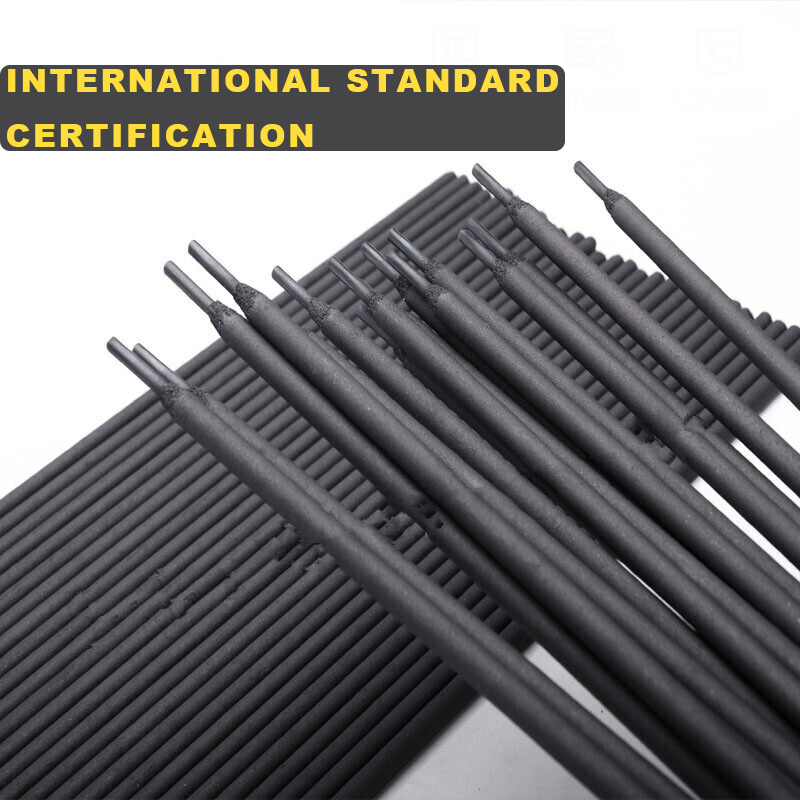When we last got together, I told you about the leak in Daughter #2’s house that led to all-new plumbing from the basement to the second floor and throughout her upstairs bathroom.
That project continues to the tune of “one thing leads to another, and next thing you know, you’ve ripped out everything down to the studs.” Carbon Steels Welding Makings

To get to the plumbing, we had to tear up the floor and into the walls. Once the walls and floor were wide open, it seemed logical to update everything — plumbing, wiring, insulation and even some strengthening of the structural system.
Old House Handyman:Meet the group helping to preserve Ohio's historic barns
This means that I have spent a lot of time in the bathroom — and the attic and basement.
I’m happy to report that the plumber my daughter hired has removed and replaced all of the old cast-iron and galvanized steel pipes in the house. It is now a mix of copper, plastic and a completely modern system. The copper is from a previous upgrade. Some of the PVC waste lines also are from the previous owner, and some are brand-new.
The new supply lines are PEX, which stands for “cross-linked polyethylene.” One of my favorite magazines, Family Handyman, describes PEX as “the biggest revolution since the flush toilet.” In a story posted in May, the magazine says that PEX “costs less than half the price of copper and installs much faster.”
The flexible, color-coded (red for hot, blue for cold) plastic pipes don’t require the soldering needed to connect sections of copper piping or the glue used with PVC pipes and fittings. PEX is cut with a special scissors-like tool and connections are crimped in place with another special tool. Kits containing both of those tools start at about $25.
I have to admit that I was skeptical and urged my daughter to consider copper lines, but her plumber made a good case for PEX. The Family Handyman story includes a lot of detail for those interested in learning more about this form of modern plumbing.
The pluses include that, because of its flexibility, it is less susceptible to cracking during a freeze and it doesn’t corrode like copper or galvanized pipe.
Old House Handyman:Fur what it's worth, pet hair removal tool works
Another plus is the ability to install a manifold to manage your plumbing system. The manifold is a bank of valves from which a homeowner can control each individual supply line to every plumbing fixture in the house. It looks like an electrical breaker box for water.
And it came in handy for my daughter because she asked the plumber to run waste and supply lines to her attic for a future project to finish the attic and include a bathroom there. The plumber could have simply tapped into the lines from the second-floor bathroom to serve the attic. But with the PEX system, he installed separate lines from the basement manifold to the attic so that each of the lines has its own on/off valve.
It was cheap and easy to do all of that work while the wall and floor cavities were exposed rather than starting from scratch with an attic project later. And it allows her to keep water out of the attic lines until it is needed there.
The Family Handyman article notes that it is possible for rodents to chew into a PEX pipe, so keep that in mind when considering whether to use it.
Otherwise, it says that “PEX has been used for decades in other countries, where there are thousands of homes with 30-year-old, leak-free PEX. Most of the problems with PEX systems, in the United States and elsewhere, were due to sloppy installation or faulty fittings rather than the tubing itself.”
Three other things my daughter decided to do while the walls and floor were open: Update electrical wiring, add insulation to outside walls and replace the old patched and repatched plaster with new drywall.
Old House Handyman:Family tradition of old-home renovation continues into 2023
She and I are both grateful for our neighbor, Rick, a retired engineer who is always looking for ways to help people. He has done plenty of remodeling work at his house and others, so he brings years of experience, strong arms and lots of encouragement.
He’s also very good at looking ahead and frequently saying, “You know, while we’re doing this work, we also could add this or fix that.”
He’s right, of course, and that’s how one thing leads to another, and next thing you know, you’ve ripped out everything down to the studs.

Hard-Facing Flux Cored Wire Welding Stuff Alan D. Miller is a former Dispatch editor who teaches journalism at Denison University and writes about old house repair and historic preservation based on personal experiences and questions from readers.